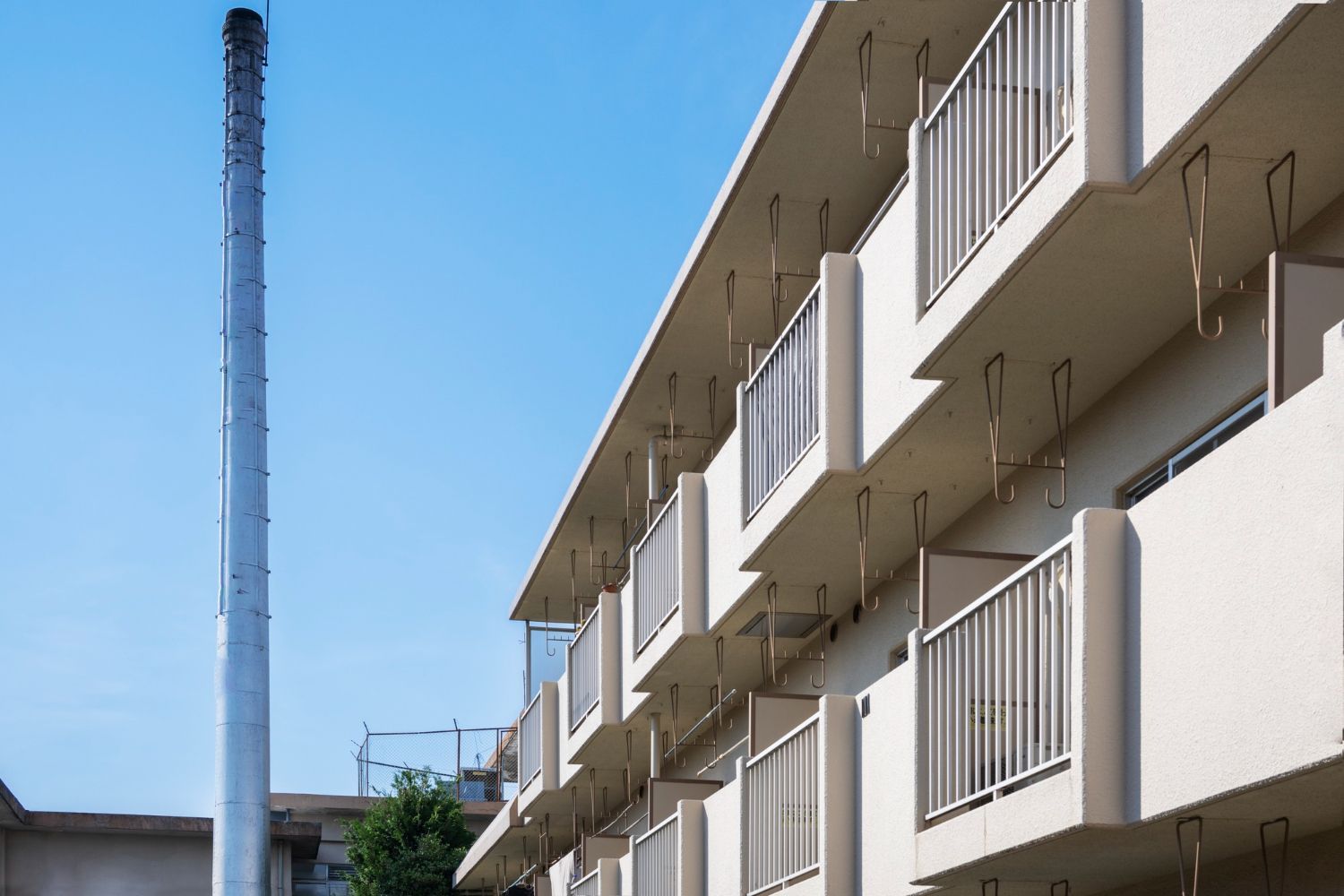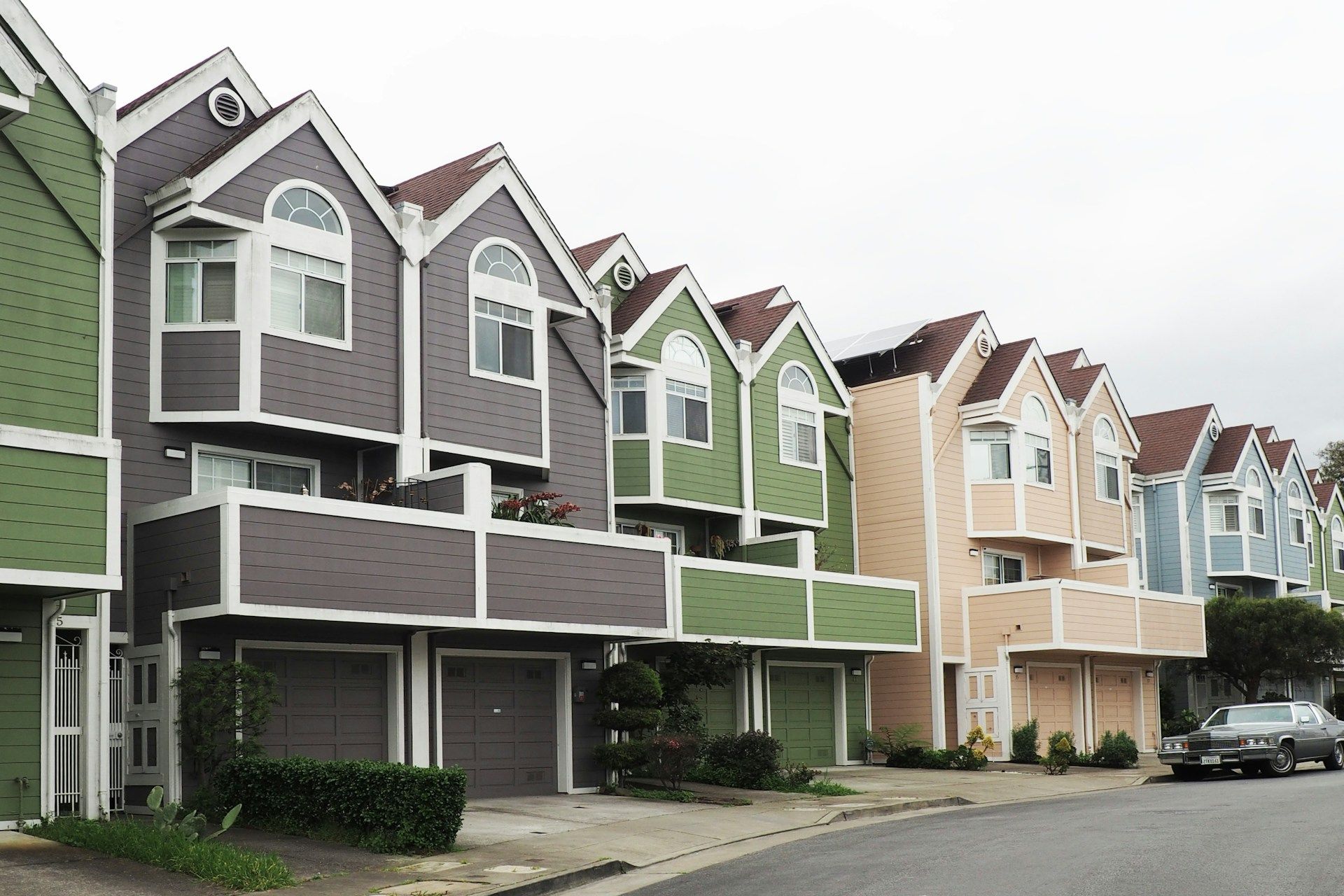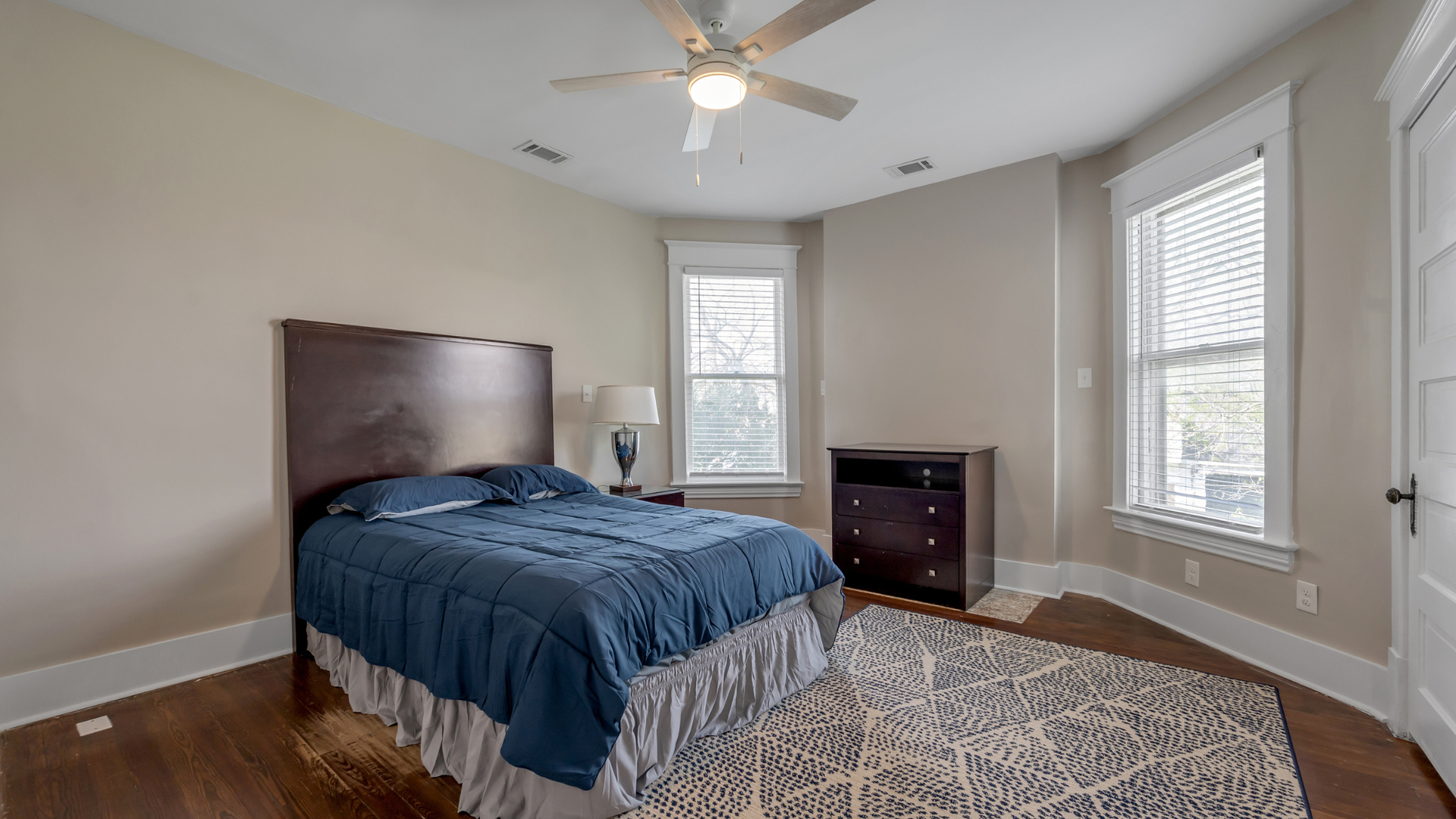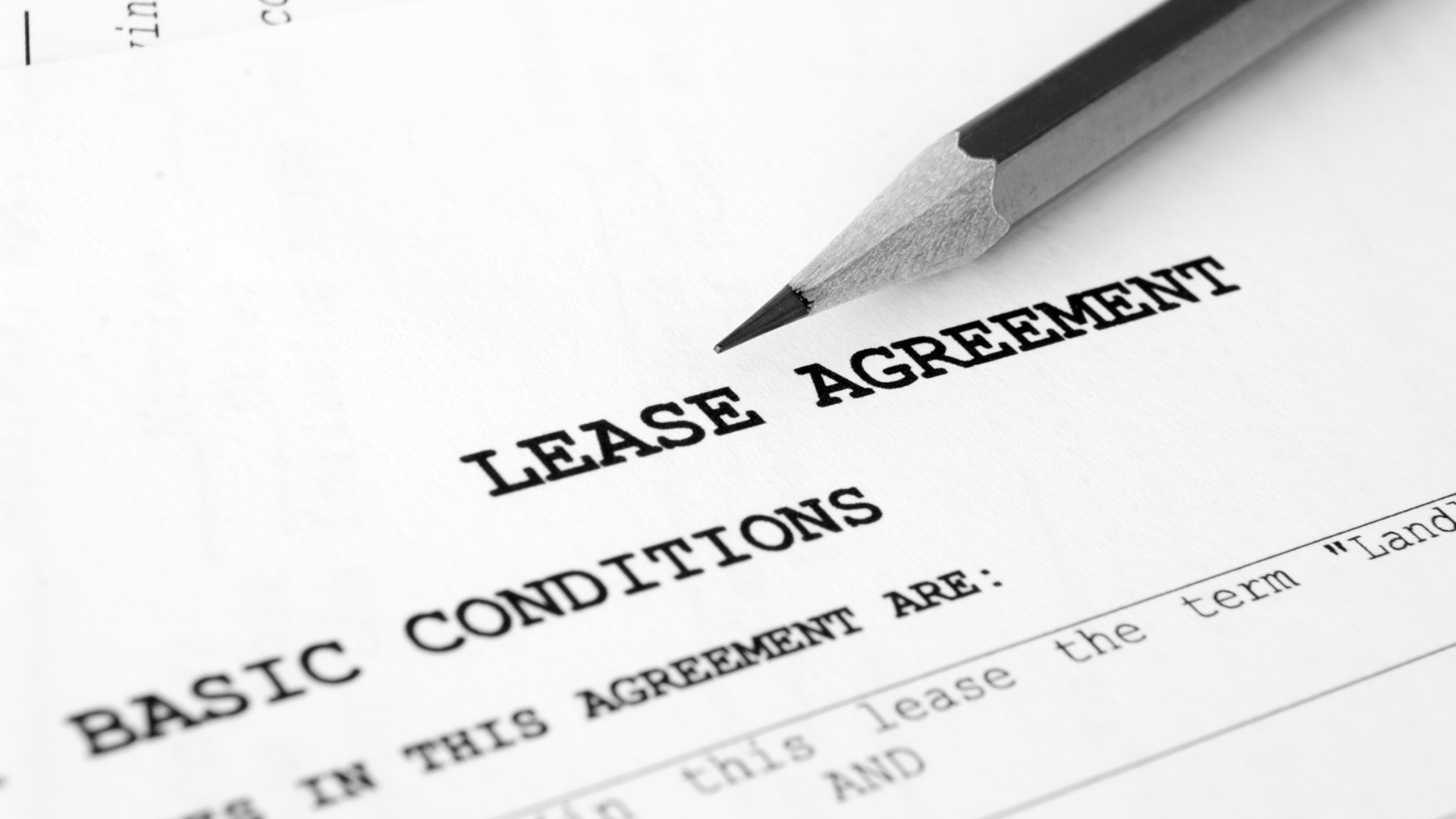5 Construction Crew Housing Mistakes that Cost You
If you run projects across state lines, you already know this: a bad housing decision can ripple through your schedule and P&L faster than almost any field mistake. Crews lose sleep, production slips, OT creeps, and before long you are backfilling positions while explaining missed milestones to a client. This guide breaks down the five construction crew housing mistakes that quietly cost U.S. contractors the most, then shows how to fix them with practical, field-tested solutions.
Mistake #1: Forcing room sharing and ignoring sleep
Putting adults who swing hammers and run equipment into shared rooms sounds “efficient” on paper. In practice, it is one of the fastest ways to drain energy, concentration, and morale. Fatigue is not a soft issue; it shows up in your safety metrics and schedule. OSHA notes that accident and injury rates are 18% higher on evening shifts and 30% higher at night, and that 12‑hour days are associated with a 37% increased injury risk. The agency also warns that longer shifts reduce productivity and alertness, which means more errors and rework even when incidents do not occur.
Construction research continues to reinforce the point. Recent peer‑reviewed work connects fatigue to deteriorating body stability on site, a key driver of slips, trips, and falls. When you combine heavy workloads with sleep loss from snoring roommates, odd shift rotations, or noisy properties, the risk picture worsens. Real crews talk about this every week online. One tradesperson asked Reddit how to handle sharing a hotel room with a foreman who kept him up all night—his situation is extreme, but the backlash to forced room sharing is not. The morale cost is real, and it often shows up as a resignation rather than a complaint.
How to fix it: Treat private rooms as standard, not a perk. If the budget is tight, move to fully furnished apartments or houses rather than double‑up beds at a motel. Private rooms protect rest and reduce friction, and they pay you back in fewer mistakes, steadier production, and lower turnover over the life of the job.
Mistake #2: Picking “cheap” housing far from the job site
That discounted building across town rarely stays cheap. The hidden bill is time and transportation. The U.S. Bureau of Transportation Statistics pegs average ownership and operating costs at roughly $0.82 per mile for a new vehicle at 15,000 miles per year. Multiply even a 40‑mile roundtrip by a 10‑person crew and the monthly cost explodes. At $0.82 per mile, that is $32.80 per worker per day; across 10 workers and 22 workdays it is about $7,216 burned on commuting alone, before you count wages for the extra drive time.
Commuting also chips away at output. A 2024 study found that shorter commutes correlate with better self‑reported productivity, which tracks with what superintendents see on early pours and late concrete finishes: less windshield time means more focus at the slab. Even when hotel rates soften, as recent industry forecasts suggest, the commuting tax remains. You might save a few dollars at check‑in only to lose them twice over on miles, fuel, and fatigue by Friday.
How to fix it: Make “near‑site” a hard requirement in your housing SOP. Price candidate units using a total cost model that includes mileage, parking, and paid drive time where applicable. If you must choose between a slightly higher rent and a long commute, run the math and pick the address that gets crews back to a bed and into a kitchen fast.
Mistake #3: Relying on nightly platforms with fragile cancellation protection
Nightly platforms can work for weekend tourists. For multi‑month crews, their cancellation rules and payment features can create last‑minute chaos. In July 2025, Airbnb announced policy changes that increase guest flexibility, including 24‑hour full refunds after booking for many stays and a shift away from the Strict policy for new listings. The company also rolled out “reserve now, pay later” in the U.S., allowing guests to hold bookings without immediate payment until the end of the free‑cancellation window. In practice, this adds volatility for long stays: crews can be displaced if a reservation unravels close to arrival.
Real‑world stories underline the risk. Hosts and guests report cancellations days before check‑in or mid‑stay disputes that trigger early departures, leaving travelers scrambling. Even if policies promise partial penalties, a refund to your finance team does not get your foreman his sleep back or your pour back on the calendar. When you live and die by field hours, a single collapse can wipe an entire day. For example, a 10‑person crew paid the average $37.47 hourly wage in construction loses roughly $3,000 in direct wages if a move day kills an 8‑hour shift, not counting equipment, subs, or liquidated damages exposure.
How to fix it: For month‑to‑month or project‑length stays, avoid policies designed for short leisure travel. Use vetted, mid‑term providers with contracts built for crews, firm extension options, and backup inventory. If you do book on a nightly platform, protect yourself with contingency units nearby and written terms that address mid‑stay cancellations.
Mistake #4: Underfunding per diem and going DIY without a specialist
Many companies still peg stipends to outdated numbers, then wonder why crews are frustrated or constantly hunting side deals. For FY 2025, the federal standard for most of CONUS is $178 per day, split into $110 for lodging and $68 for meals and incidentals. Rates vary widely by city, and the list of non‑standard areas is long. If your stipend is lower than the real market, you are pushing crews toward cut‑rate properties, long commutes, or bed‑sharing to make the math work. That choice shows up later as turnover and missed deadlines.
On top of that, the lodging market moves. Industry outlooks shifted repeatedly in 2024–2025, with forecasts adjusting occupancy and ADR expectations. The takeaway for construction leaders is simple: budget discipline must live in the real world, not last year’s spreadsheet. Keep stipends and housing assumptions aligned to current rates, and remember that even small ADR changes compound over multi‑month stays.
How to fix it: Benchmark stipends against current GSA per diem and your actual markets, not just the standard rate. Build a defensible policy that covers lodging with privacy and a real kitchen, and make line‑item adjustments on long jobs as conditions change.
Mistake #5: Doing housing logistics in‑house without a contingency
Housing for a traveling crew is not a side task for a project coordinator. It is a supply‑chain problem that touches safety, retention, and schedule. The DIY approach often collapses at the worst time: a host bails, the city’s rules change, or your project slips one month and you cannot extend. When your housing is stitched together from tourist listings and favors, you end up moving mid‑project, which kills production and morale.
How to fix it: Bring in a specialist. Our team at Hard Hat Housing connects construction companies to fully furnished, near‑site housing with the policies and support crews actually need. We provide private bedrooms, full kitchens, laundry, monthly cleanings, and flexible booking terms that let you extend or contract as the job evolves—all in a single, all‑inclusive price. Many clients save in the range of 25–35% compared to hotels while improving sleep and satisfaction, because the spend is shifted to space that actually serves crews.
Crew housing is a leadership signal. When your people walk into a quiet private room near the job, open a fridge, and sleep well, they bring that energy to the next day’s work. When they split beds, drive an extra hour, or get bounced mid‑stay, you pay for it in mistakes, injuries, and attrition. Avoiding these five mistakes—forced room sharing, long commutes, fragile bookings, underfunded stipends, and DIY logistics without contingency—protects your schedule and your profit. Apply the fixes now, and your crews will feel the difference by the end of the week.
Need near‑site, private‑room housing with flexible terms and backup options?
Contact us at Hard Hat Housing to place your crew in vetted, fully furnished units that protect morale, safety, and your schedule.













